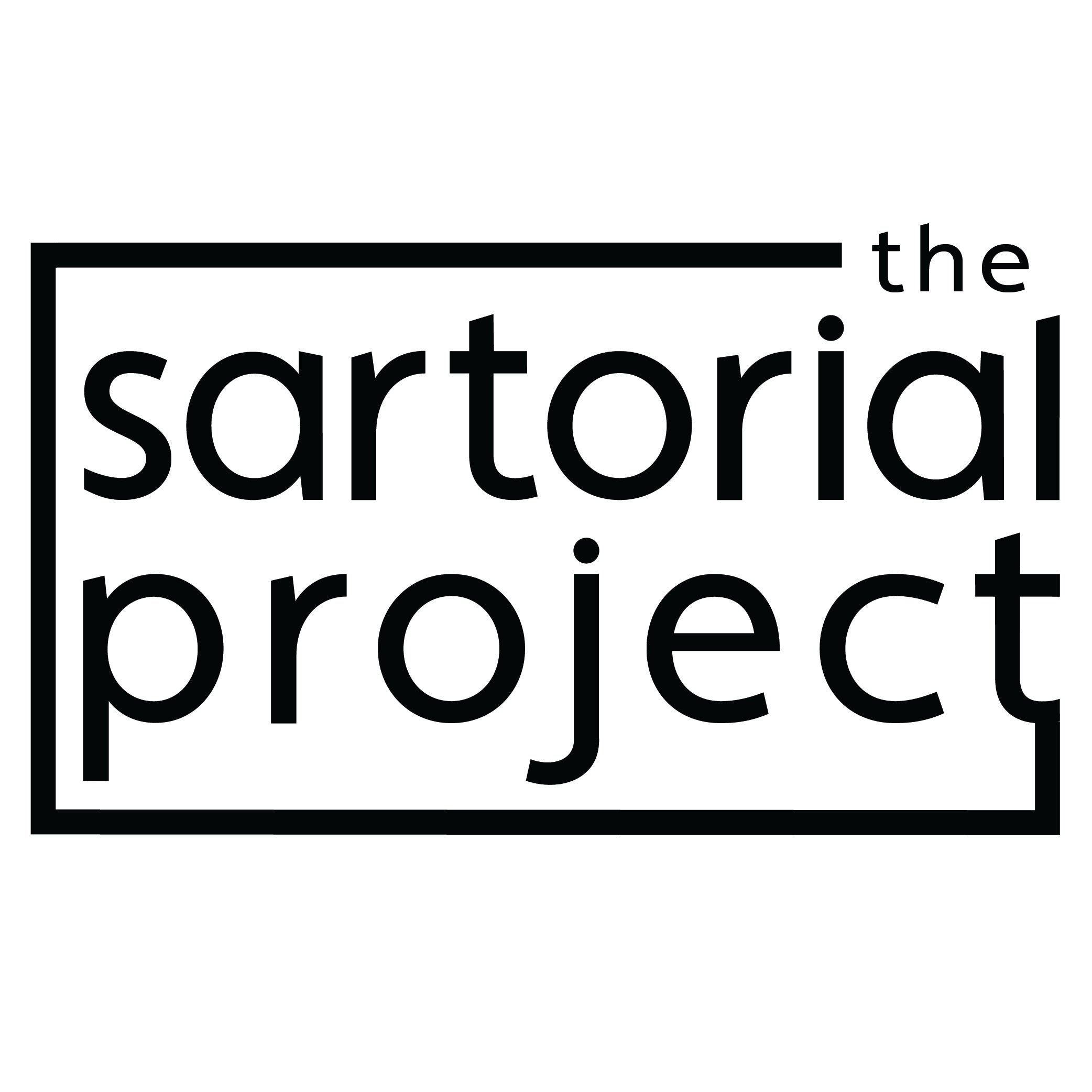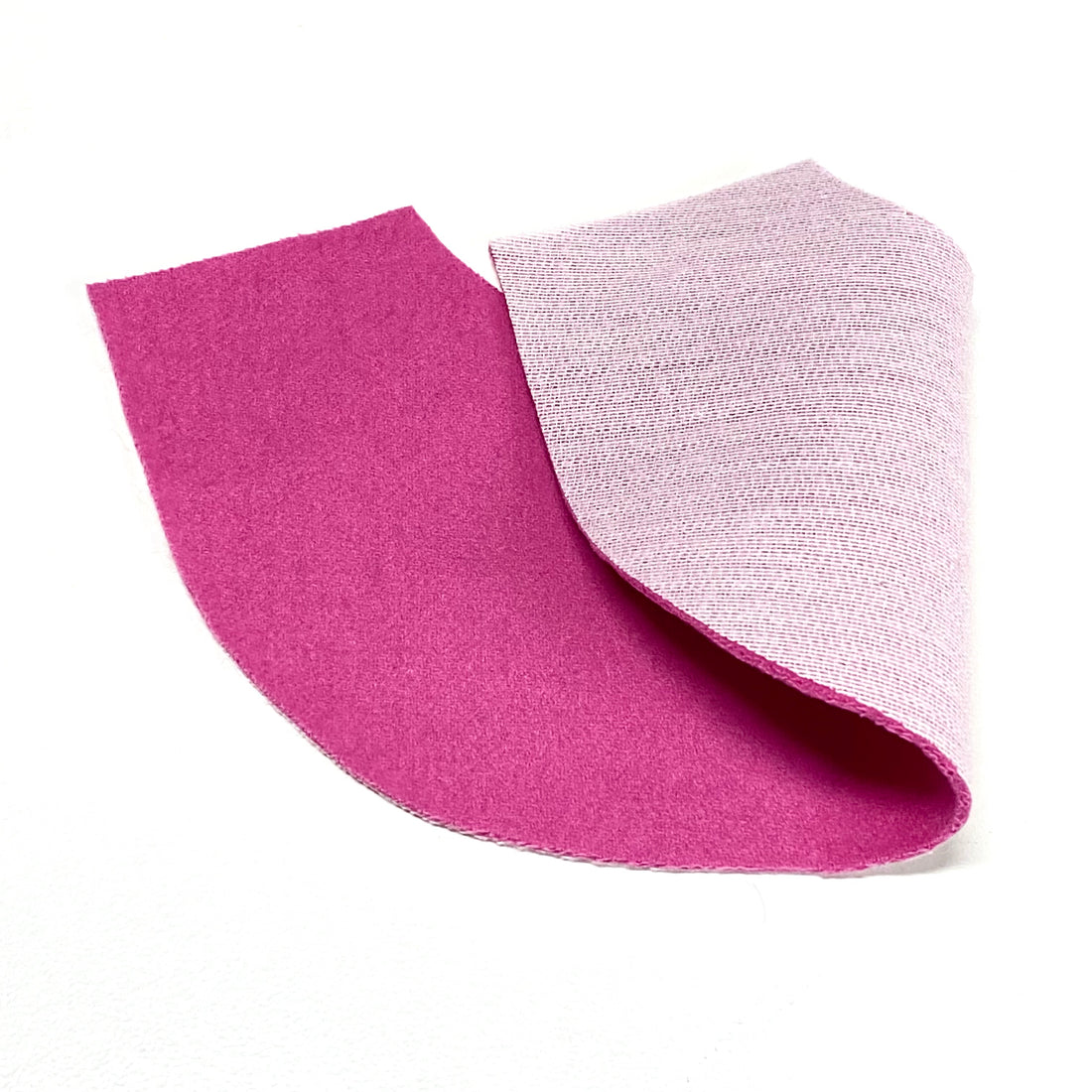'Block fuse' and 'Piece fuse' are terms that are used to explain how to fuse fabric to stabilise it before sewing.
Piece fuse involves attaching interlining or interfusing to individual garment pieces before sewing them together. Block fuse applies interlining to larger sections of fabric before cutting out the pattern pieces, streamlining the process. This application works well on fabrics that easily fray, or are light and unstable.
There is a wide variety of fusible interlinings/fusings that range from non-woven, knit or woven and depending on the weight of your fabric, selecting one that is appropriate is essential. Too stiff it can make your fabric feel like cardboard. Too light it may not support your garment enough.
How to tell the type of firmness the interlining/fusing will provide? The adhesive is a heat activated glue. A good guide is have a look at the side with the bonding adhesive (usually shiny). If it is dots of adhesive, you may find that it has a softer feel and allows the fabrics to move and be flexible once applied; if the adhesive is all over, this means that it will possibly be firmer.
Fusing or interlining is used on various parts of garment to help stablise the fabric. It adds structure, stability, and support, enhancing the fabric's drape and improving the overall quality and durability of the garment.
It is always good to test your fusing on a scrap fabric and test the handle and stability.
**A good tip to applying interlining/fusing is to use a pressing cloth or piece of cotton or linen fabric between the interlining and your iron. The glue melts with heat and for it to adhere to the fabric, a consistent amount of pressure should be added. The pressing cloth will prevent the interlining from burning, and it will also protect the bottom of your iron.
Image: Back next facing that has been block fused.

